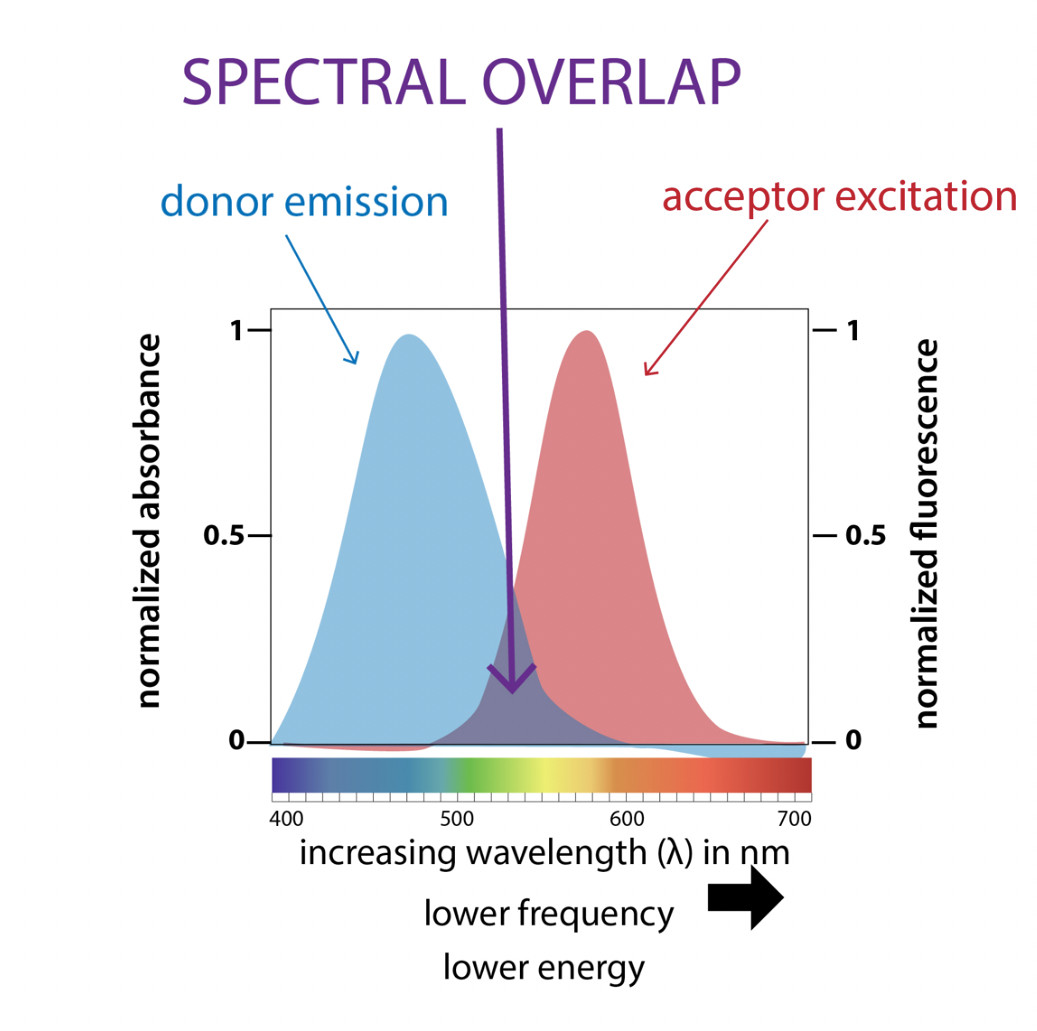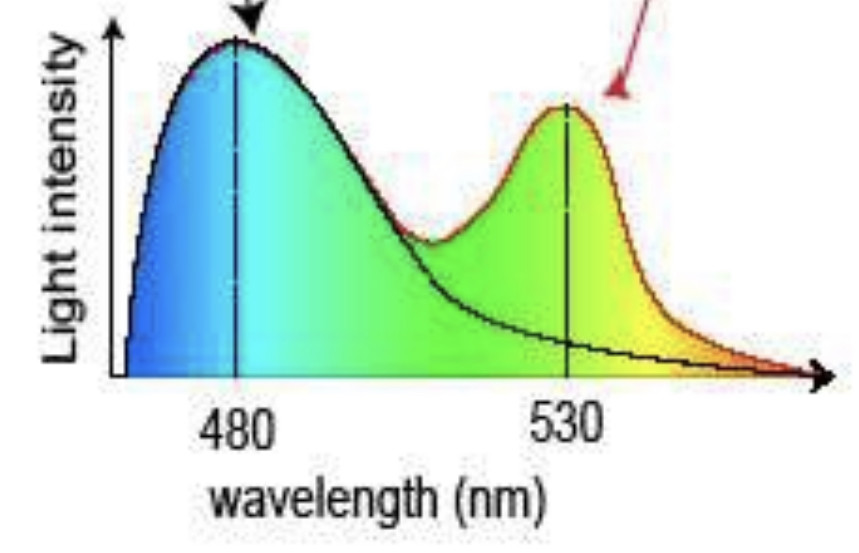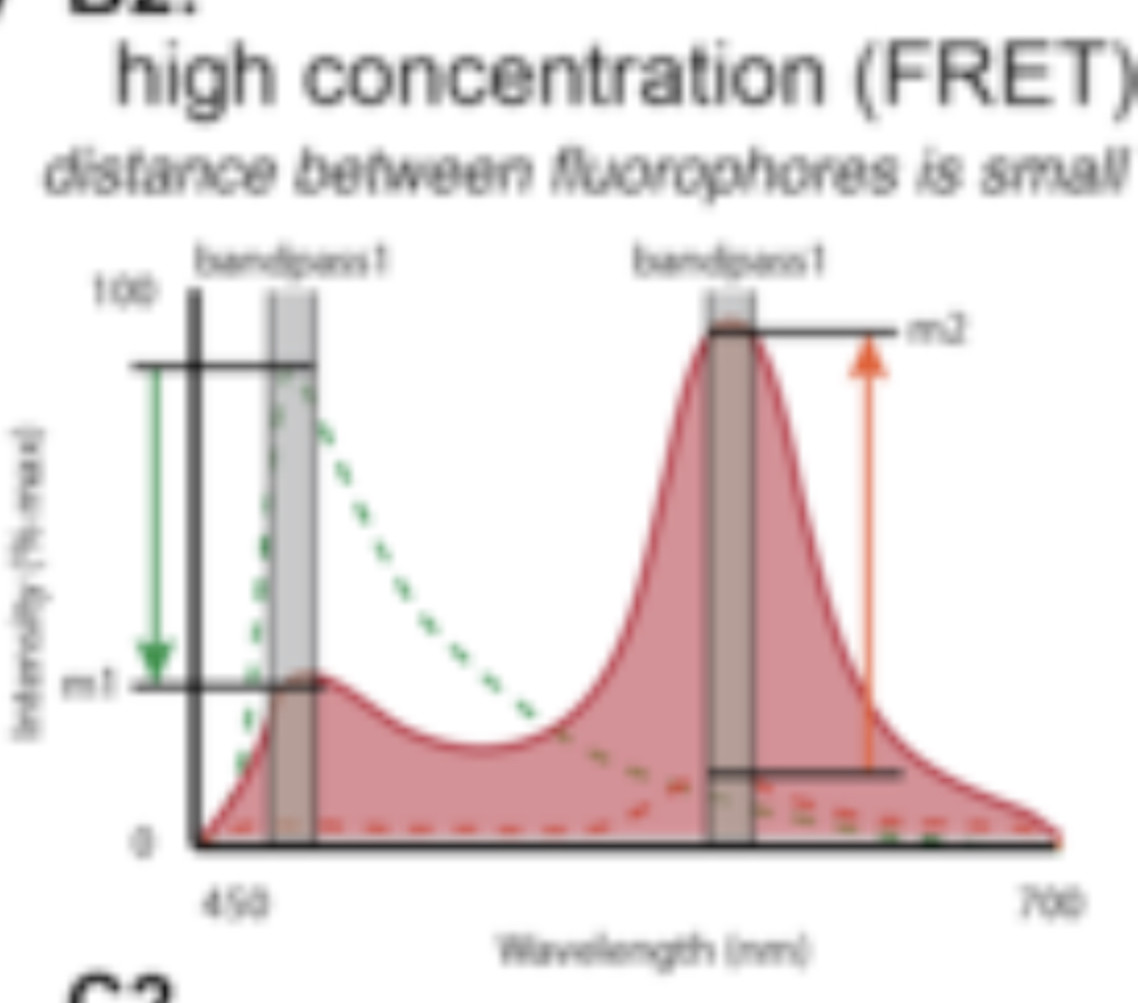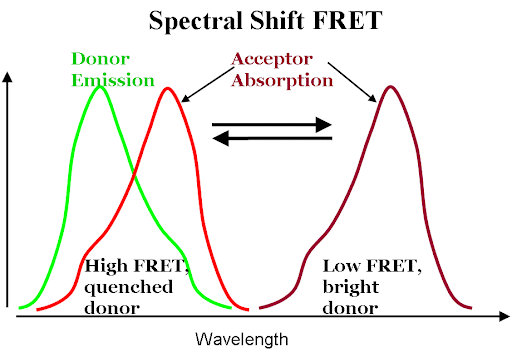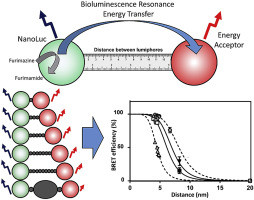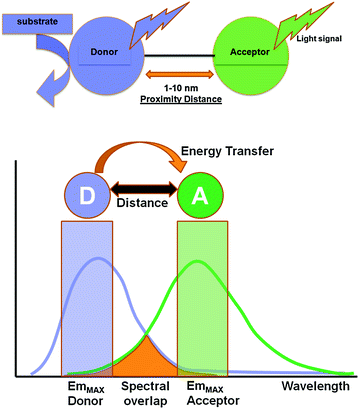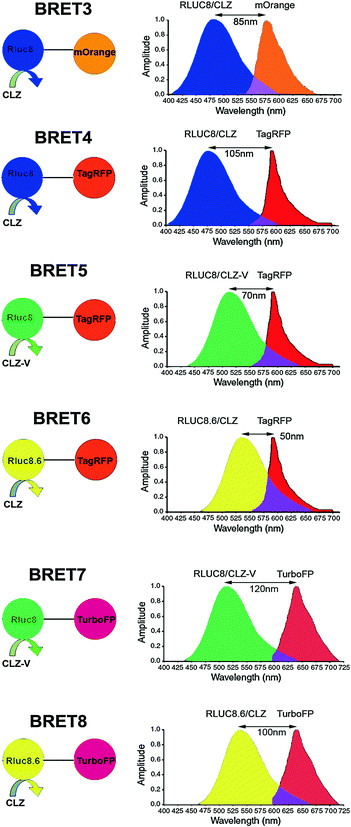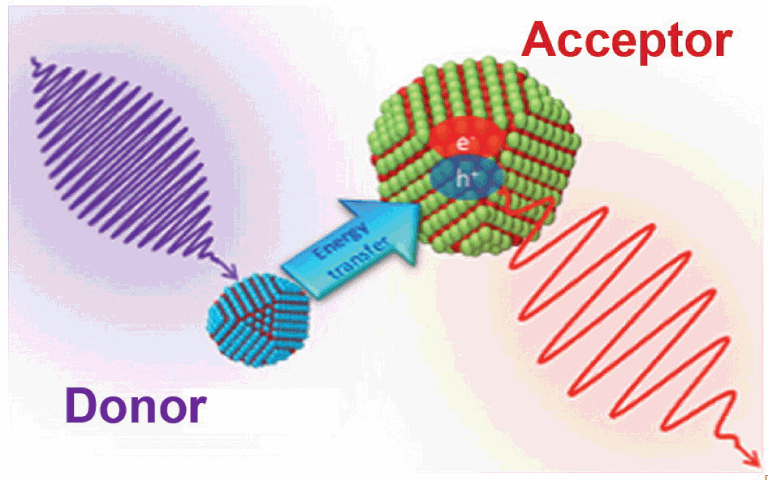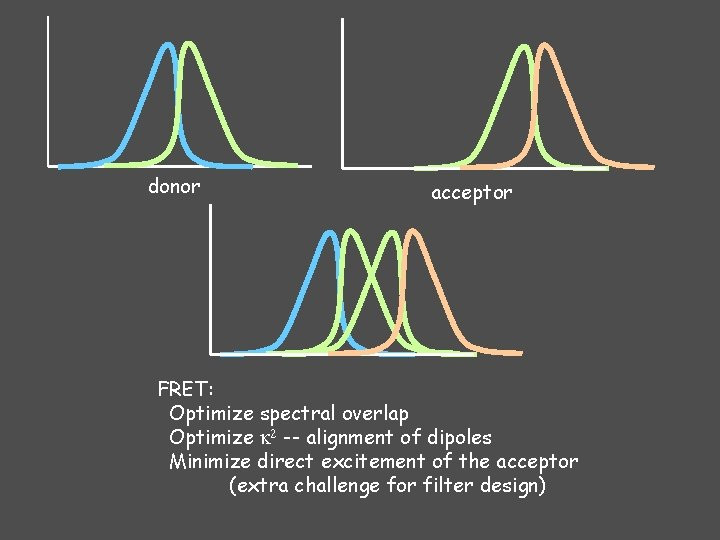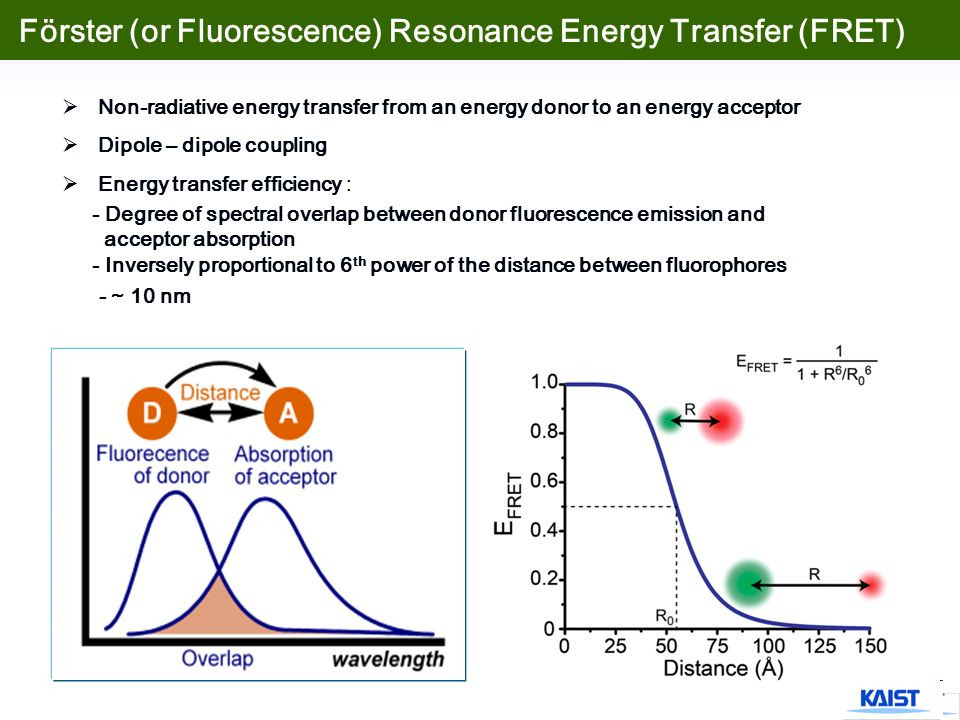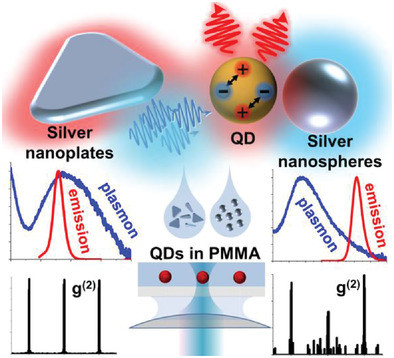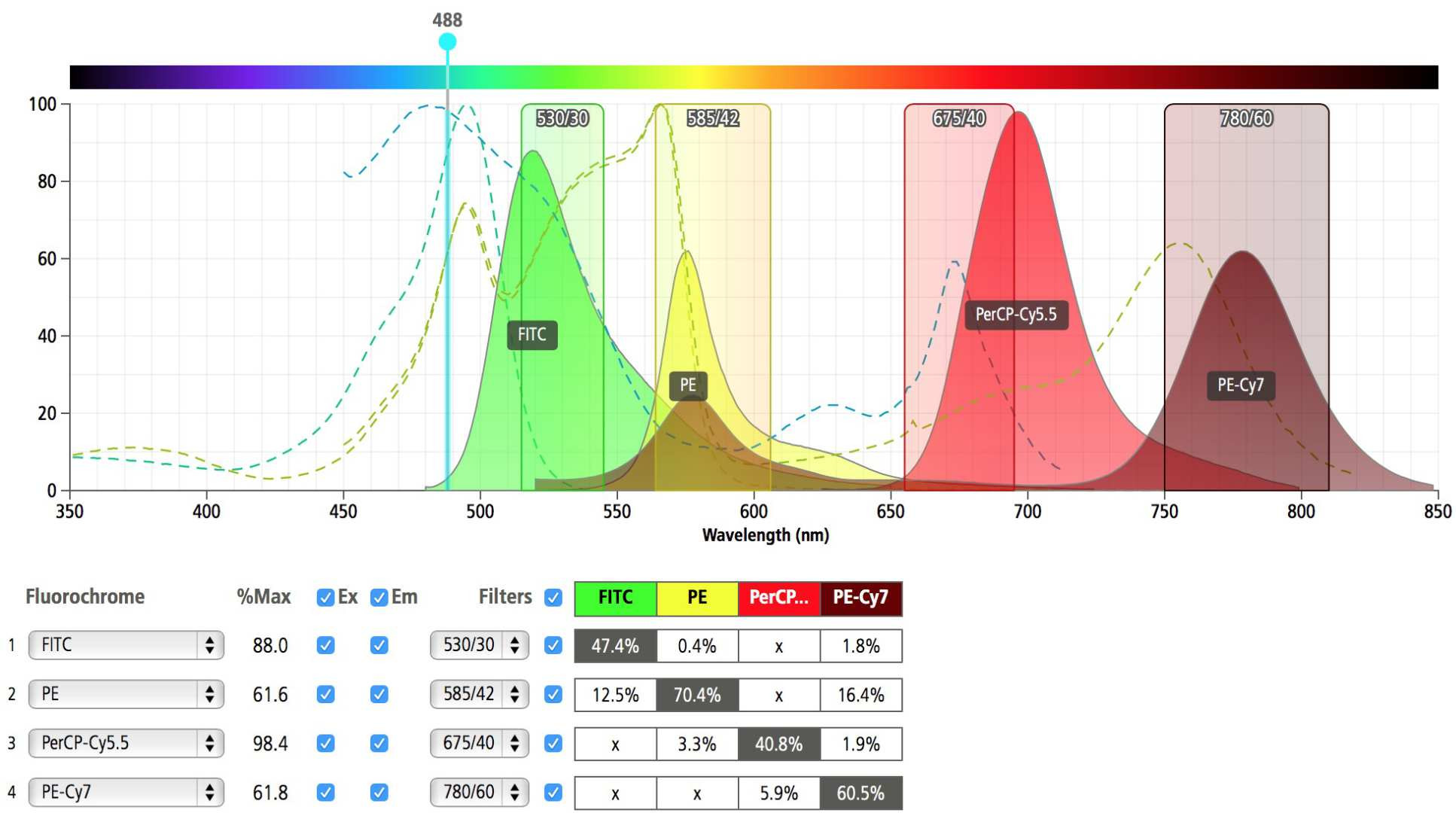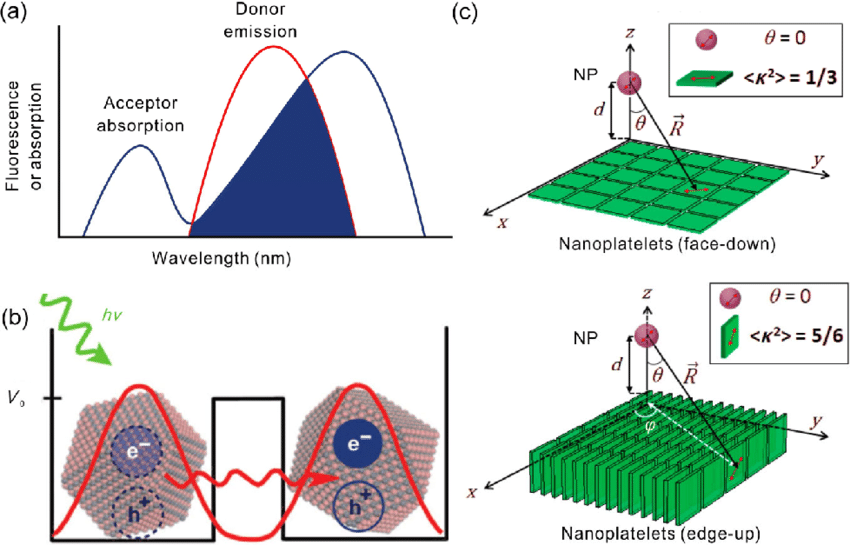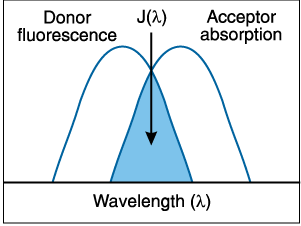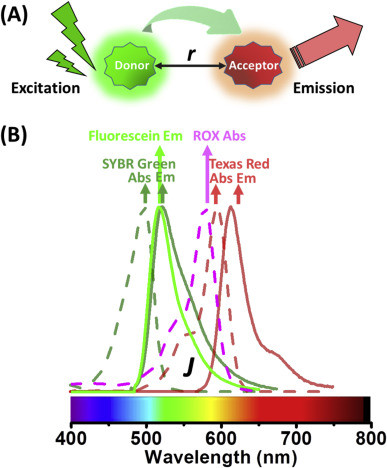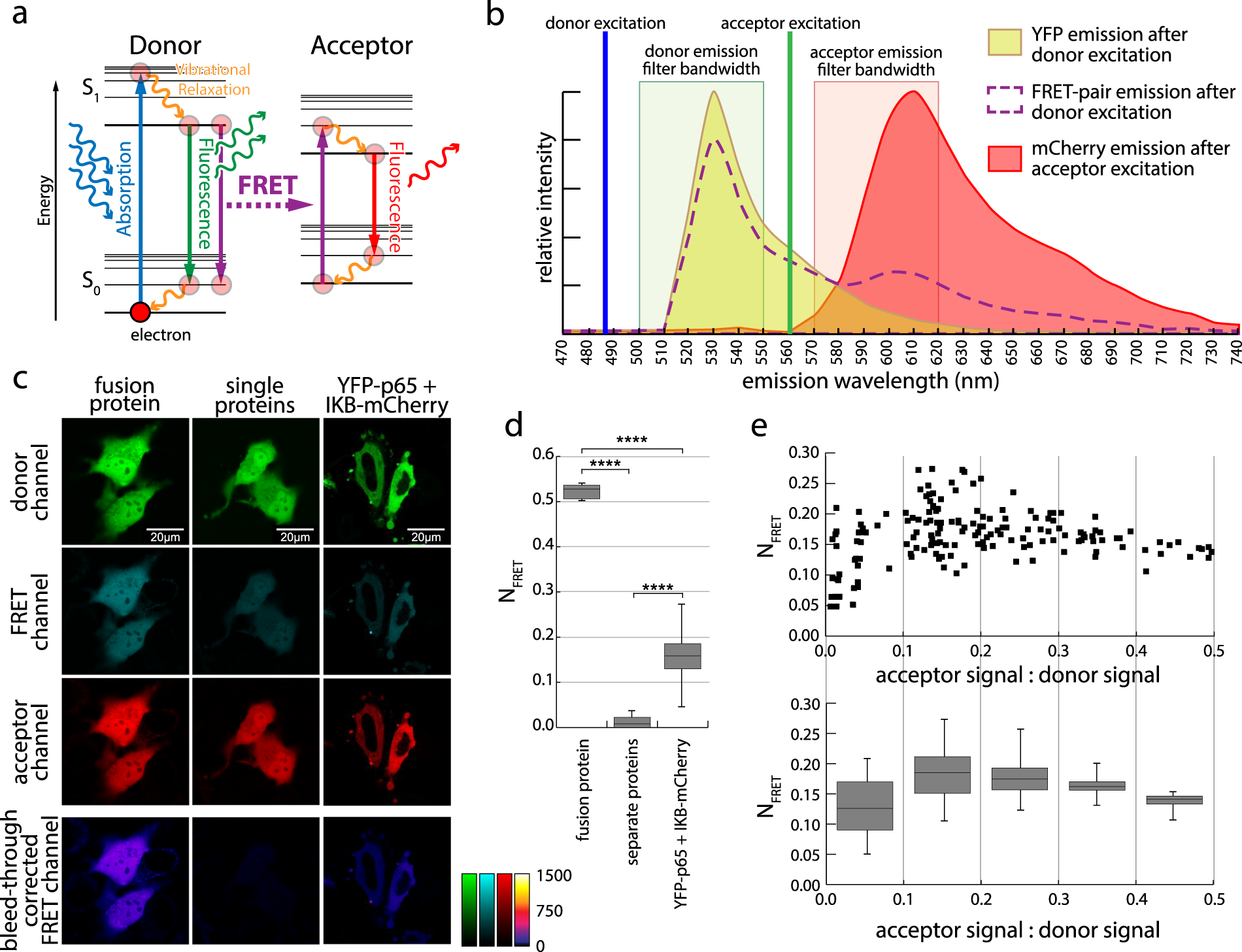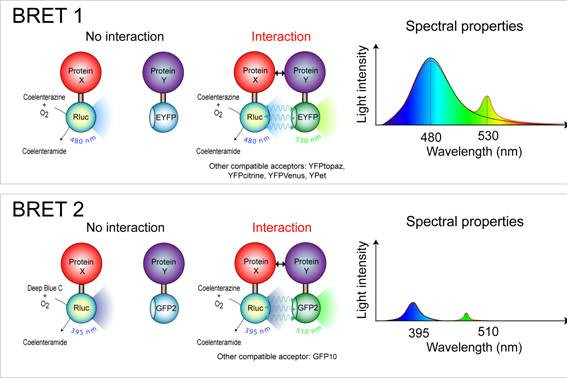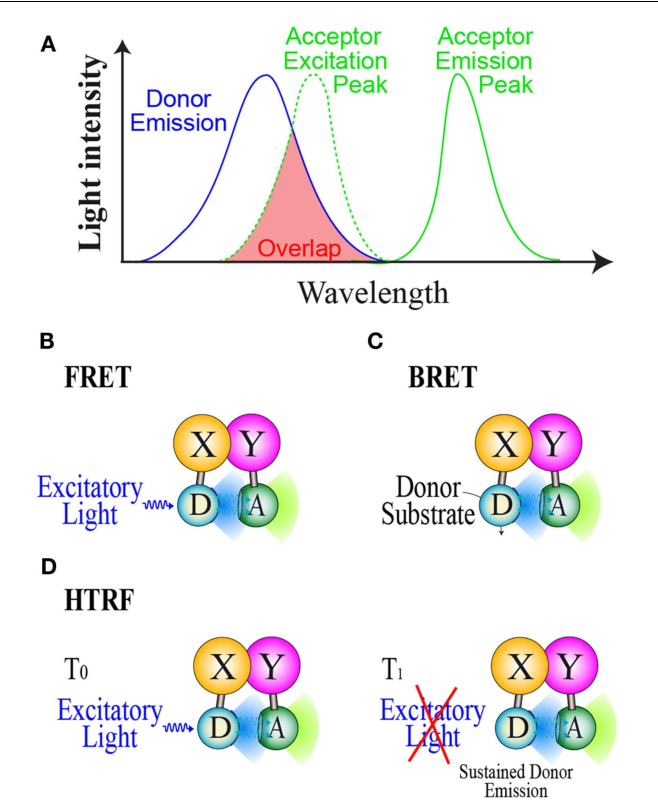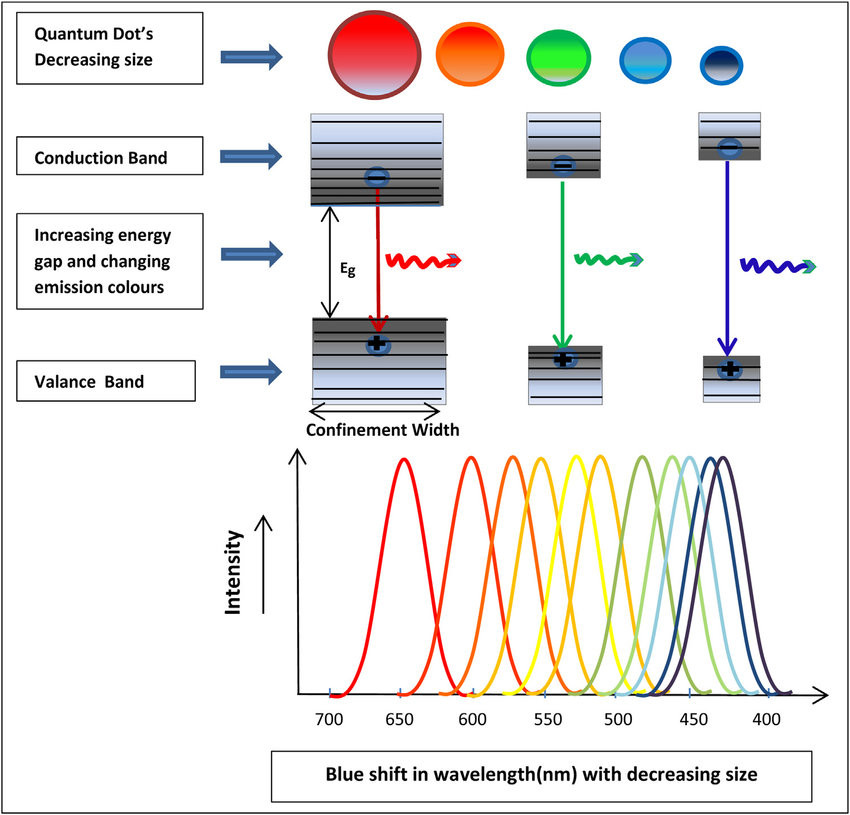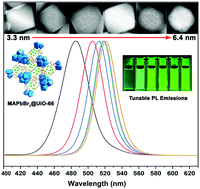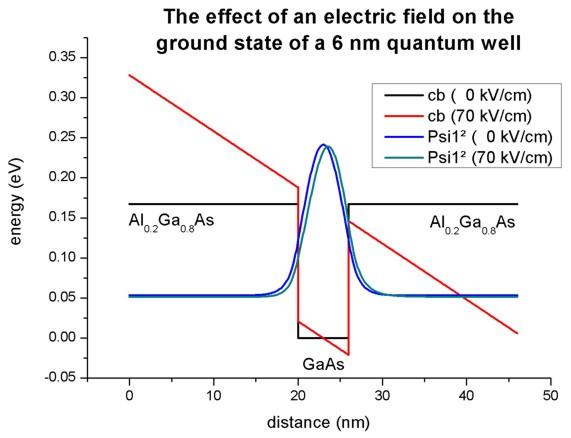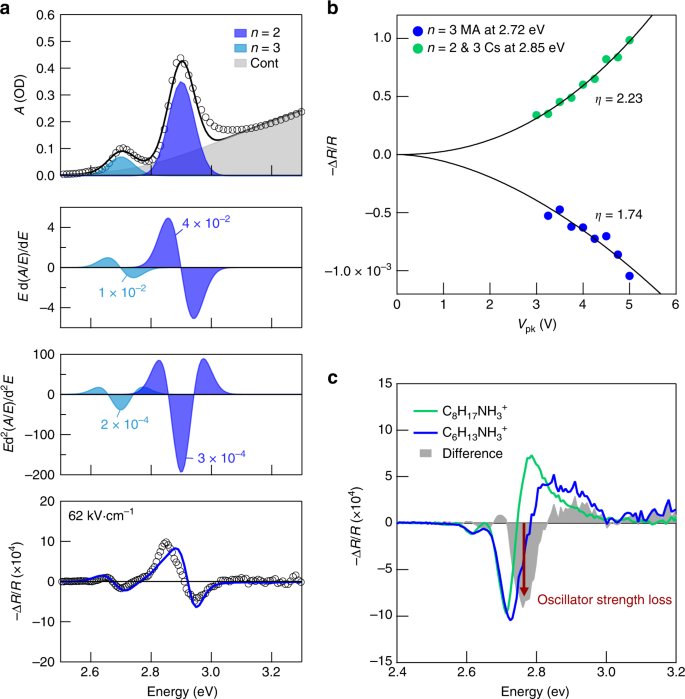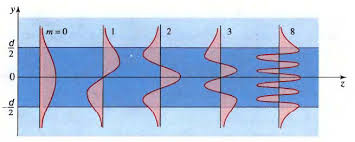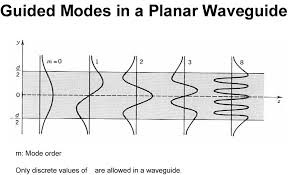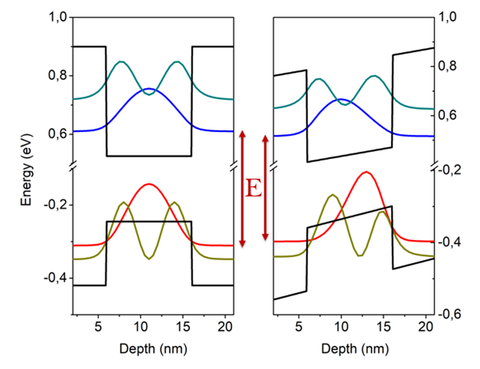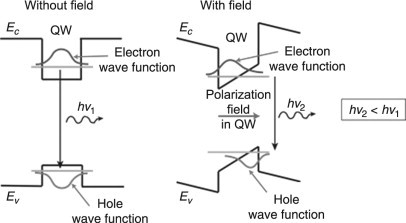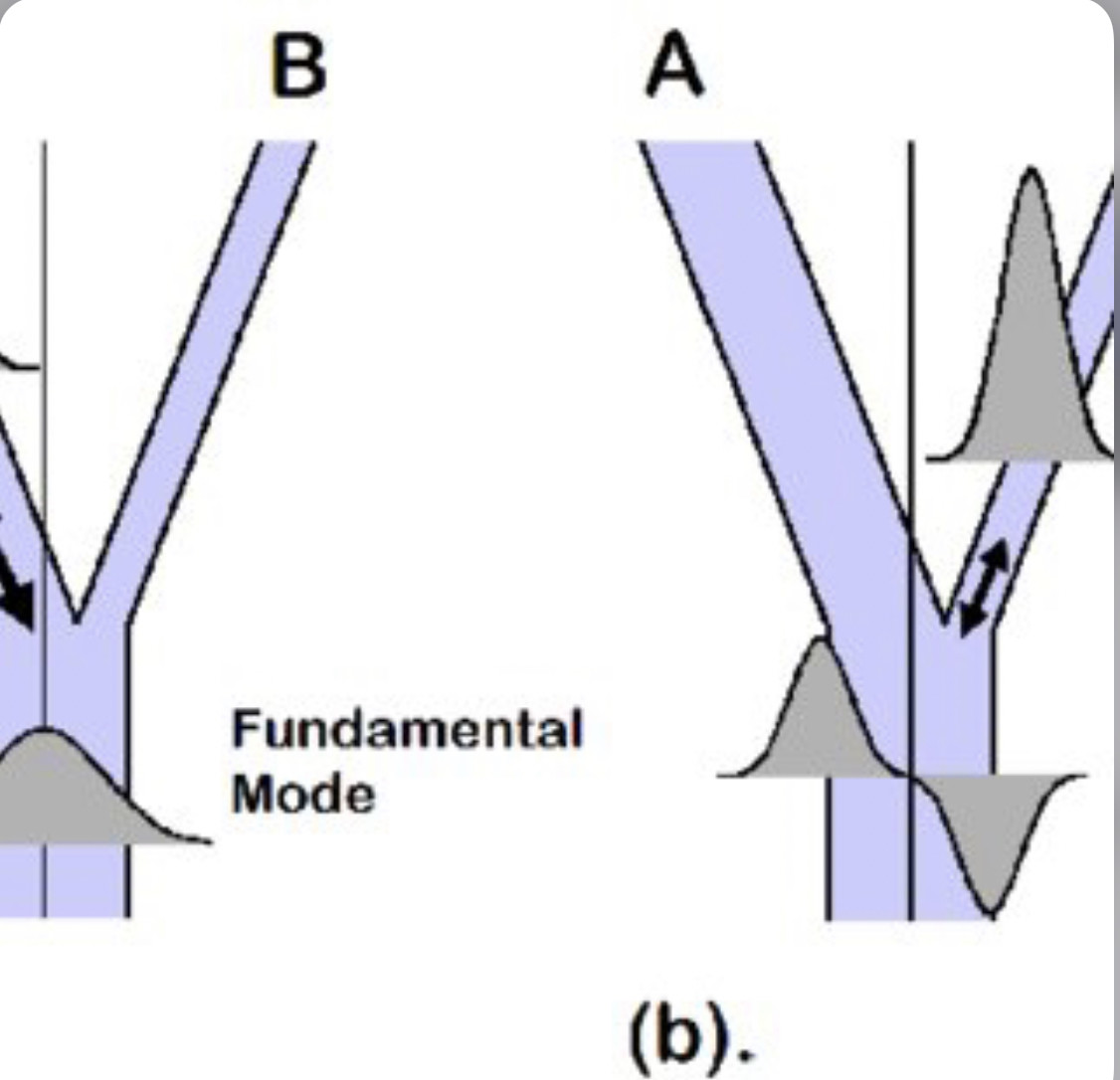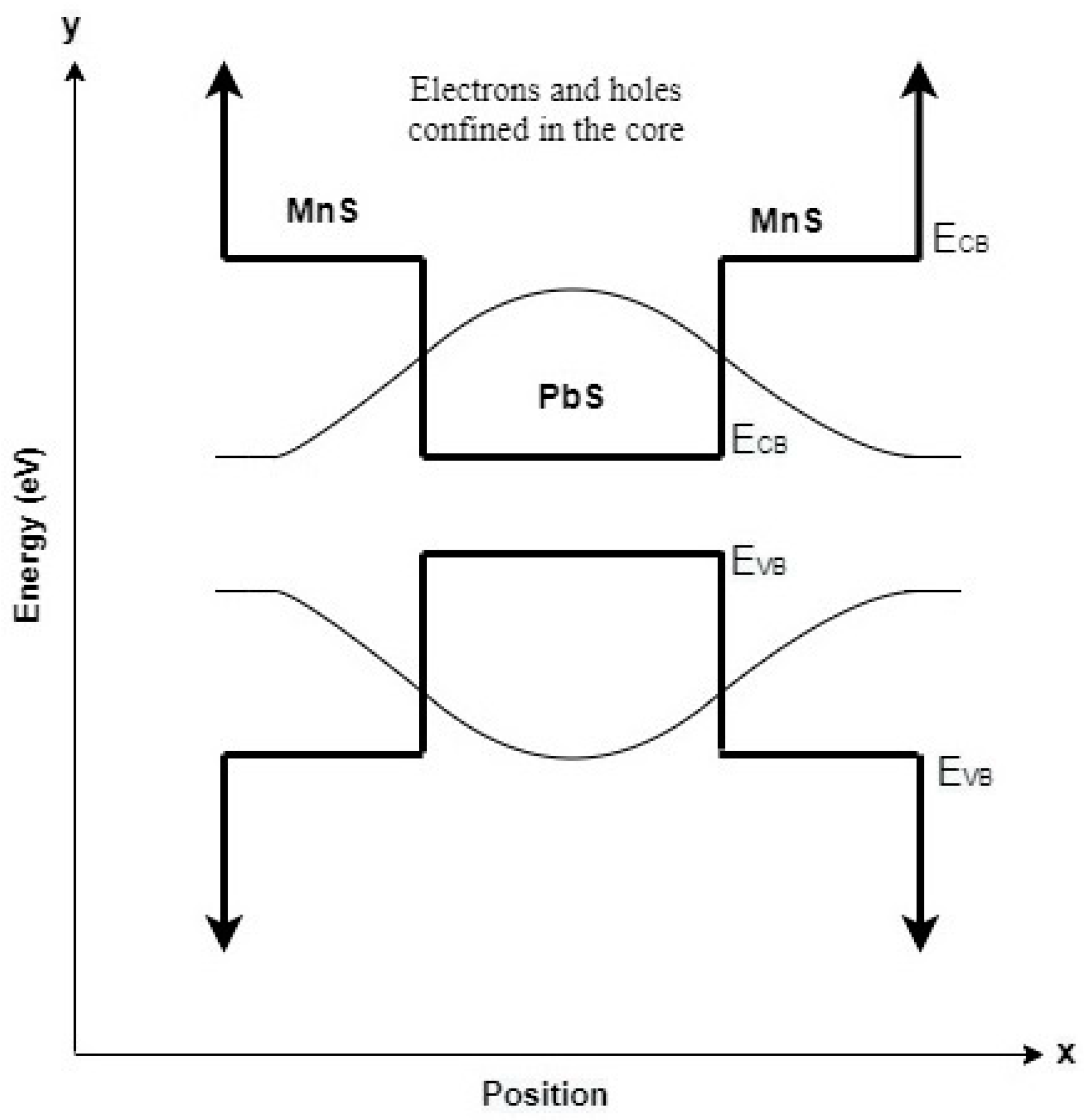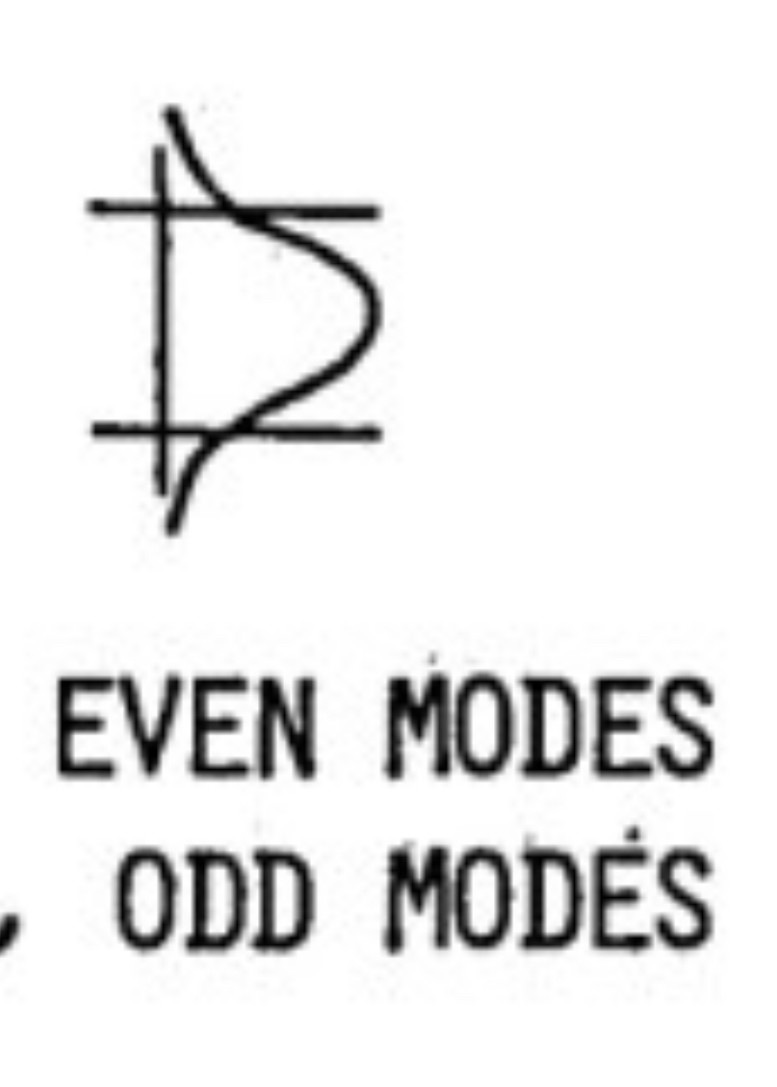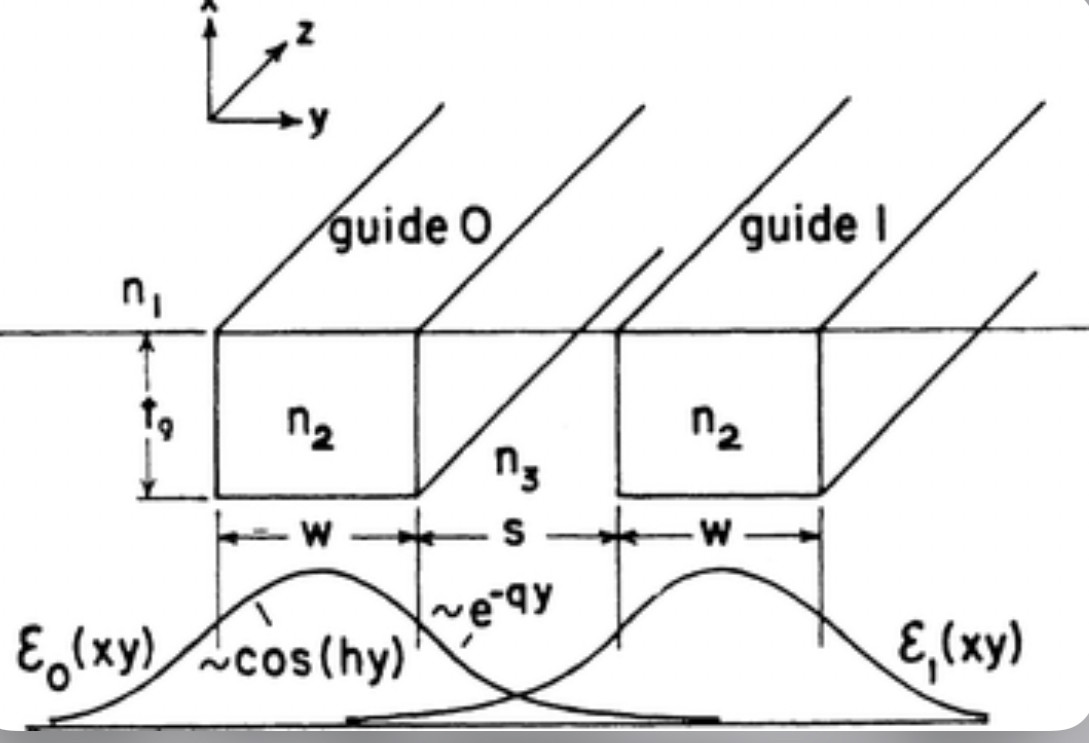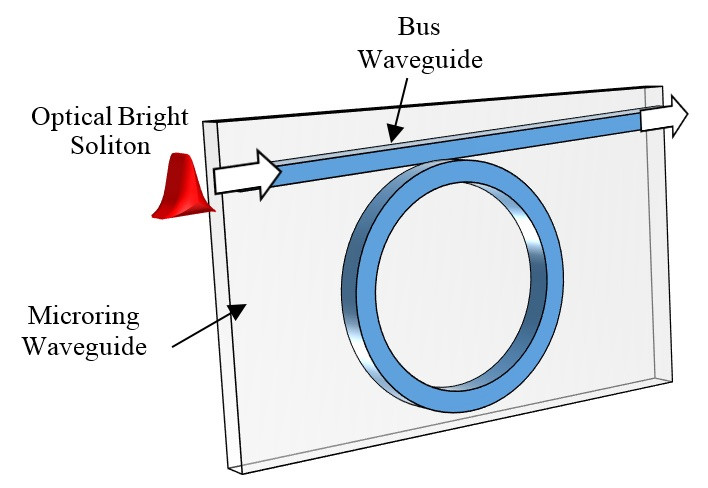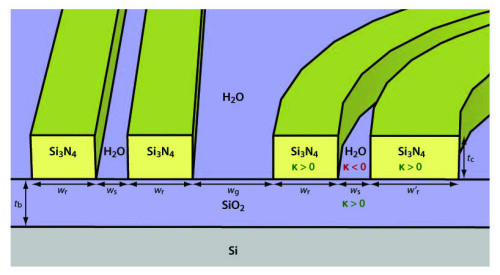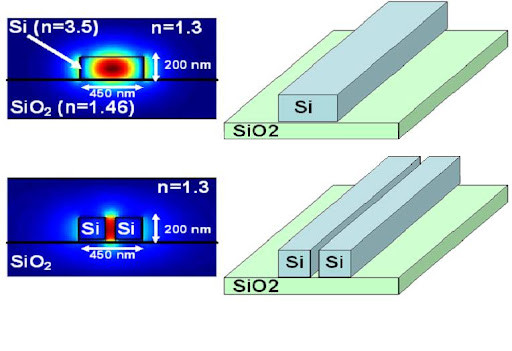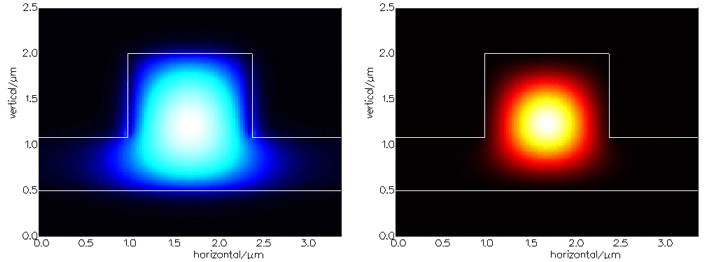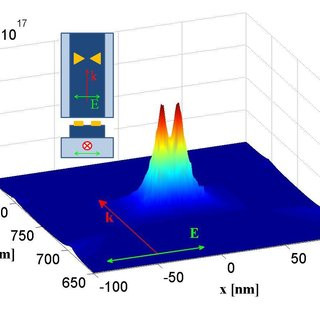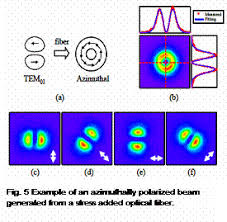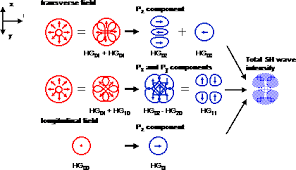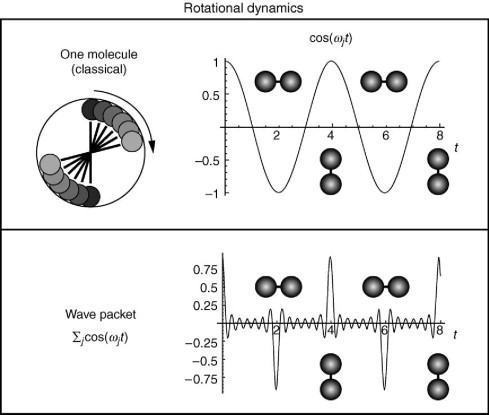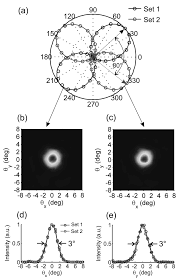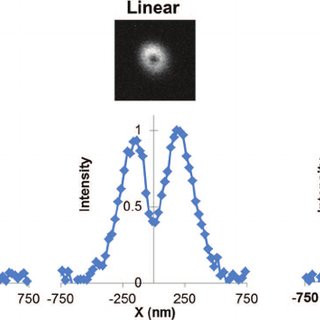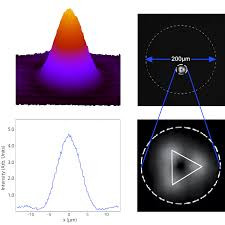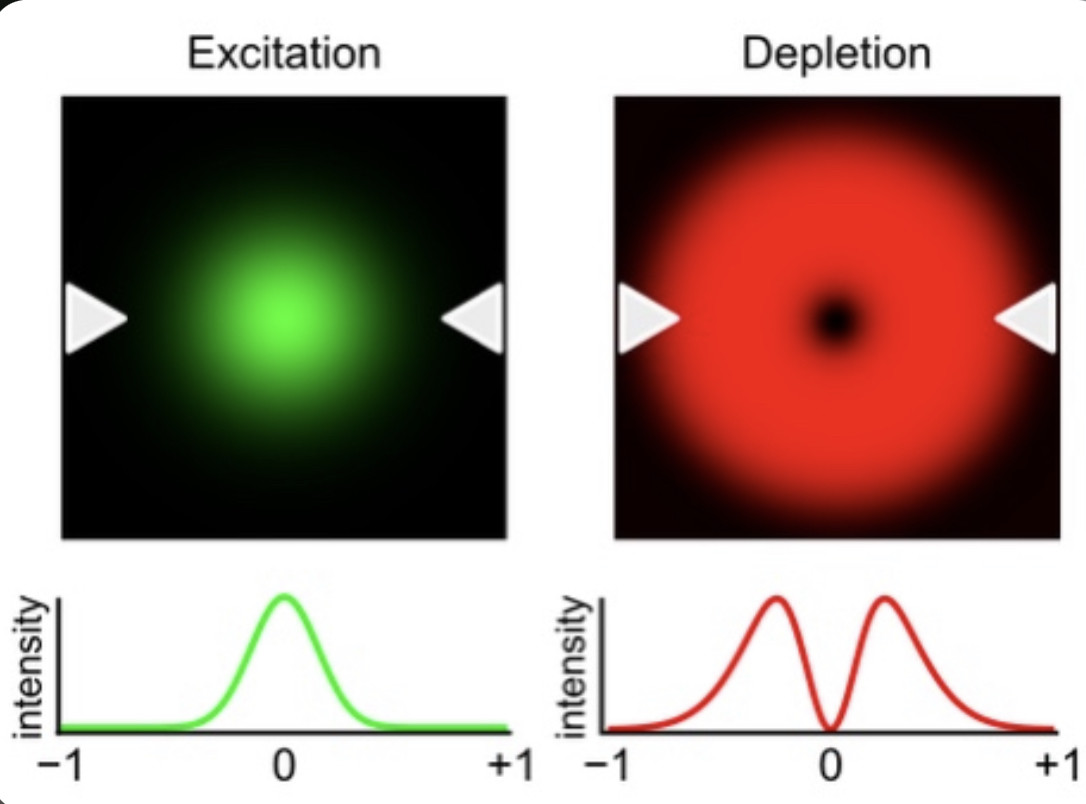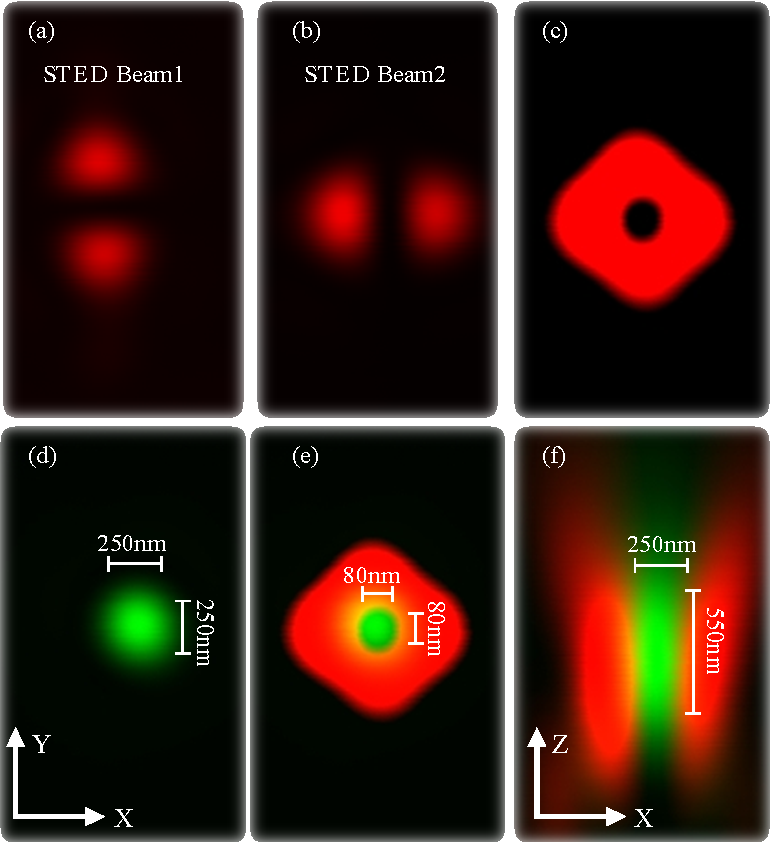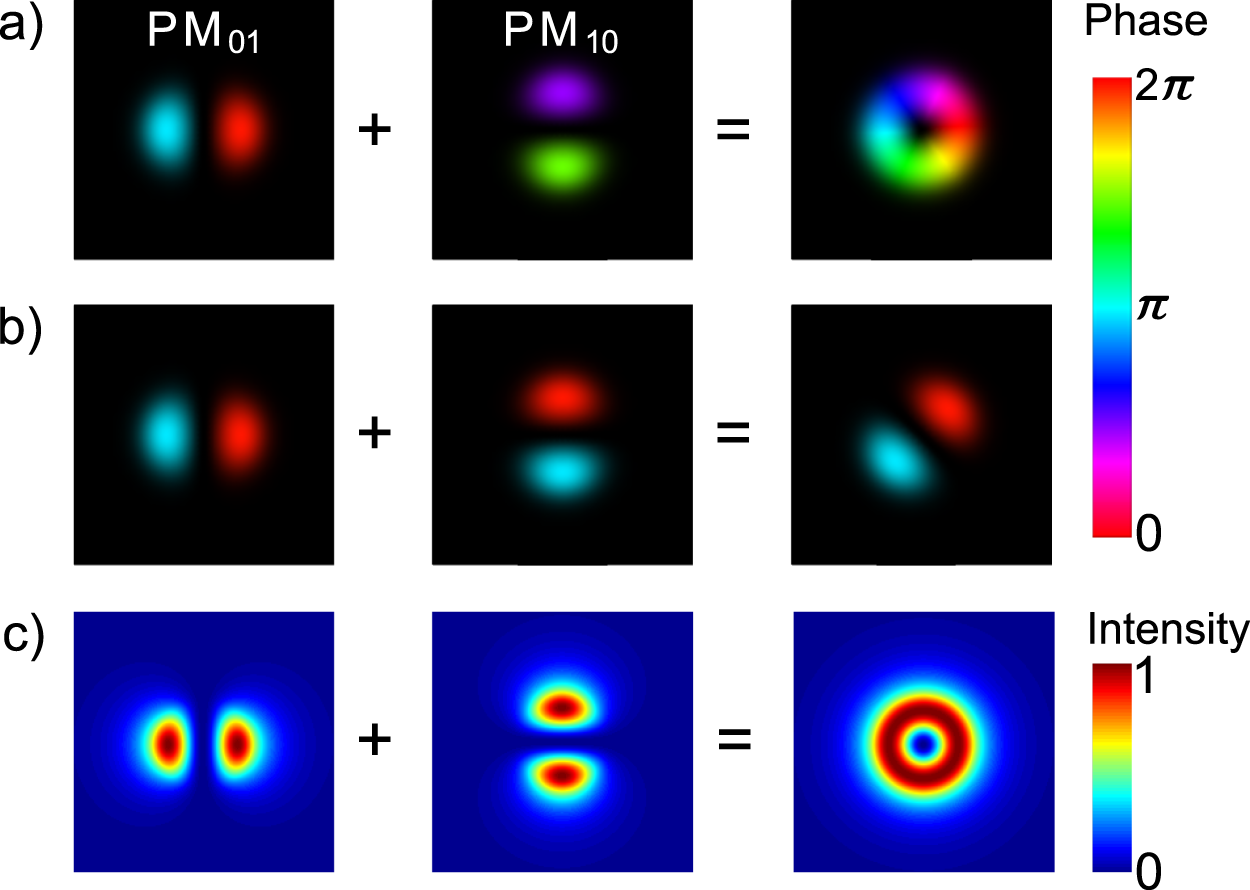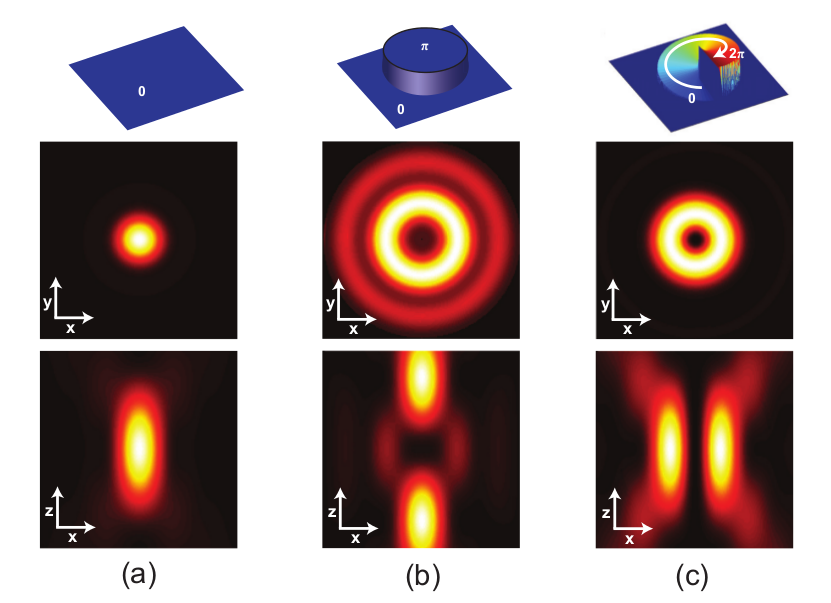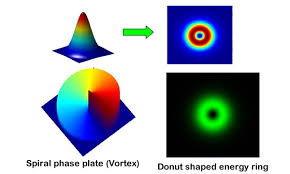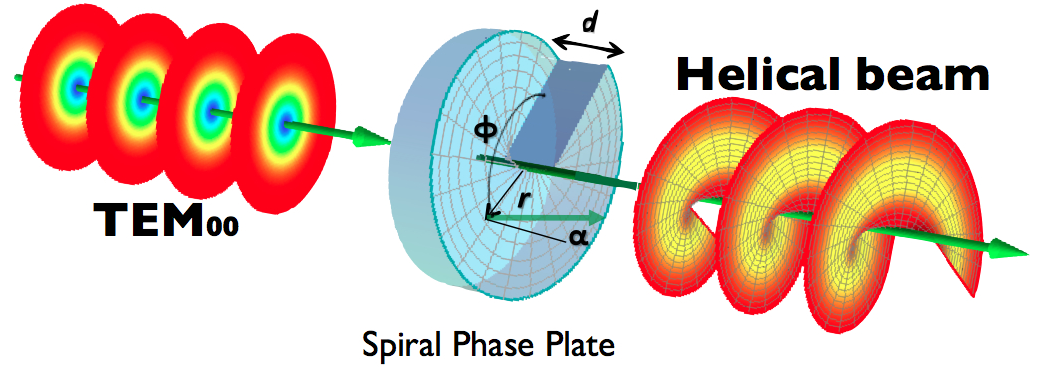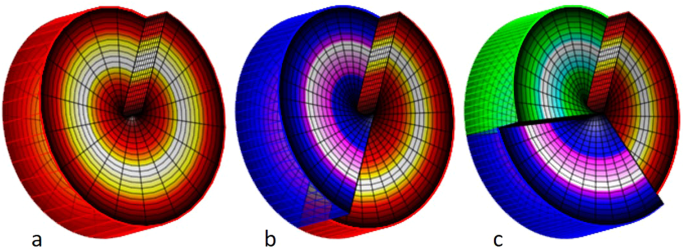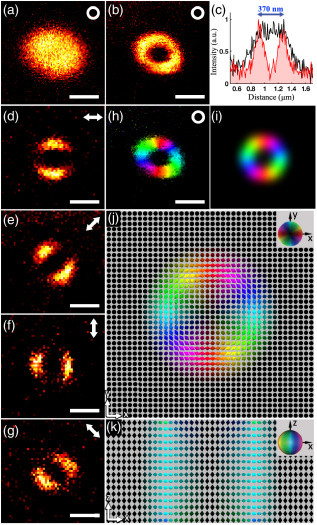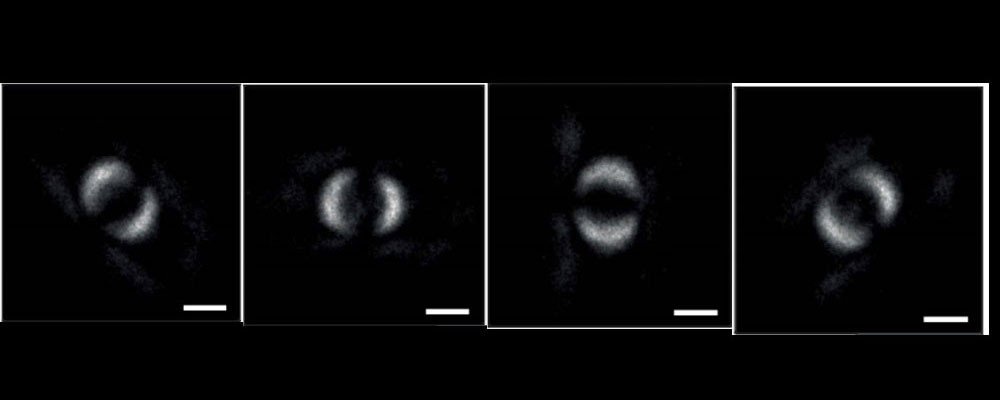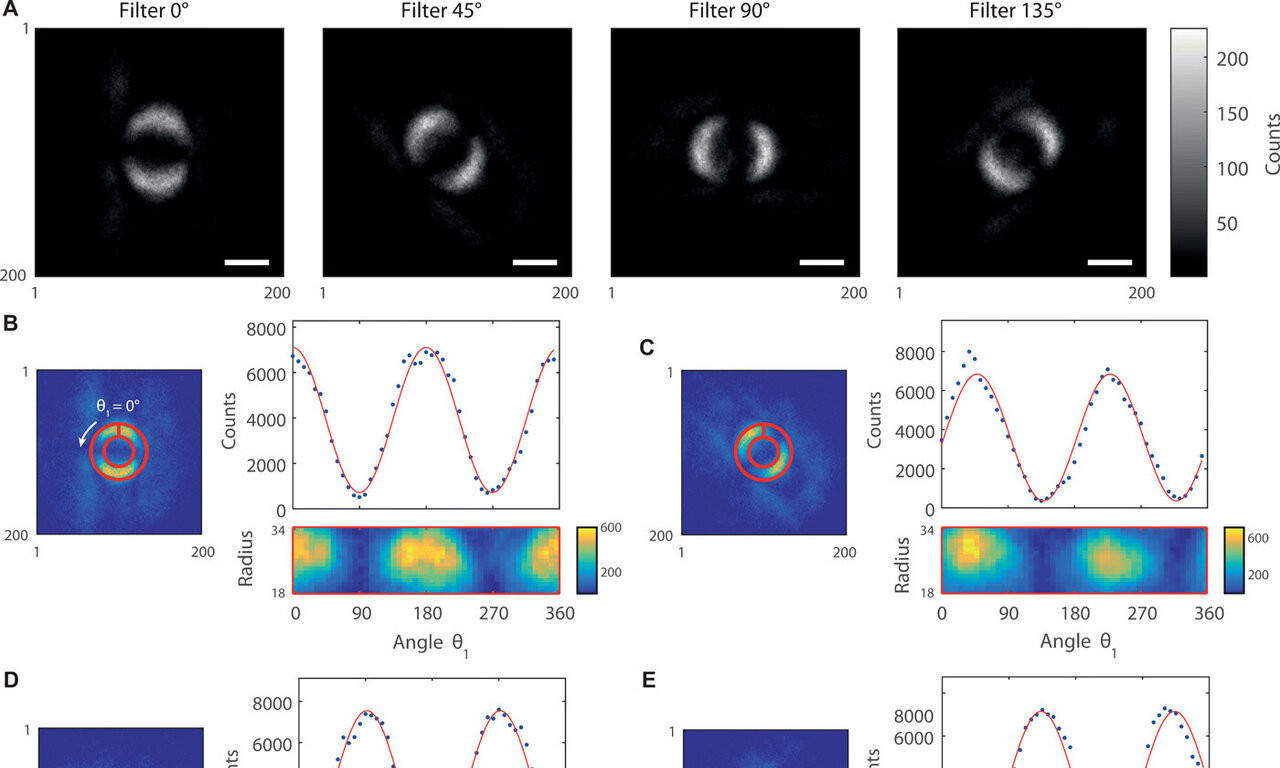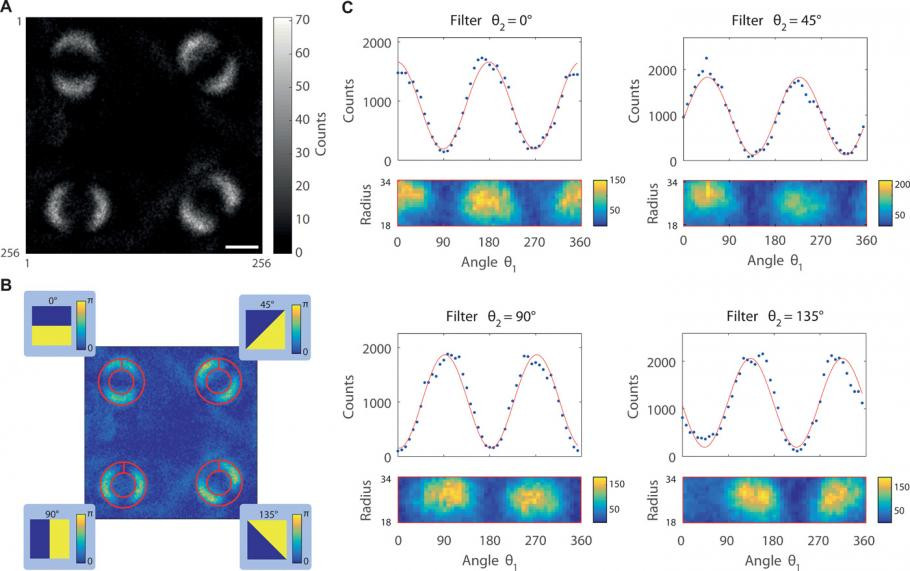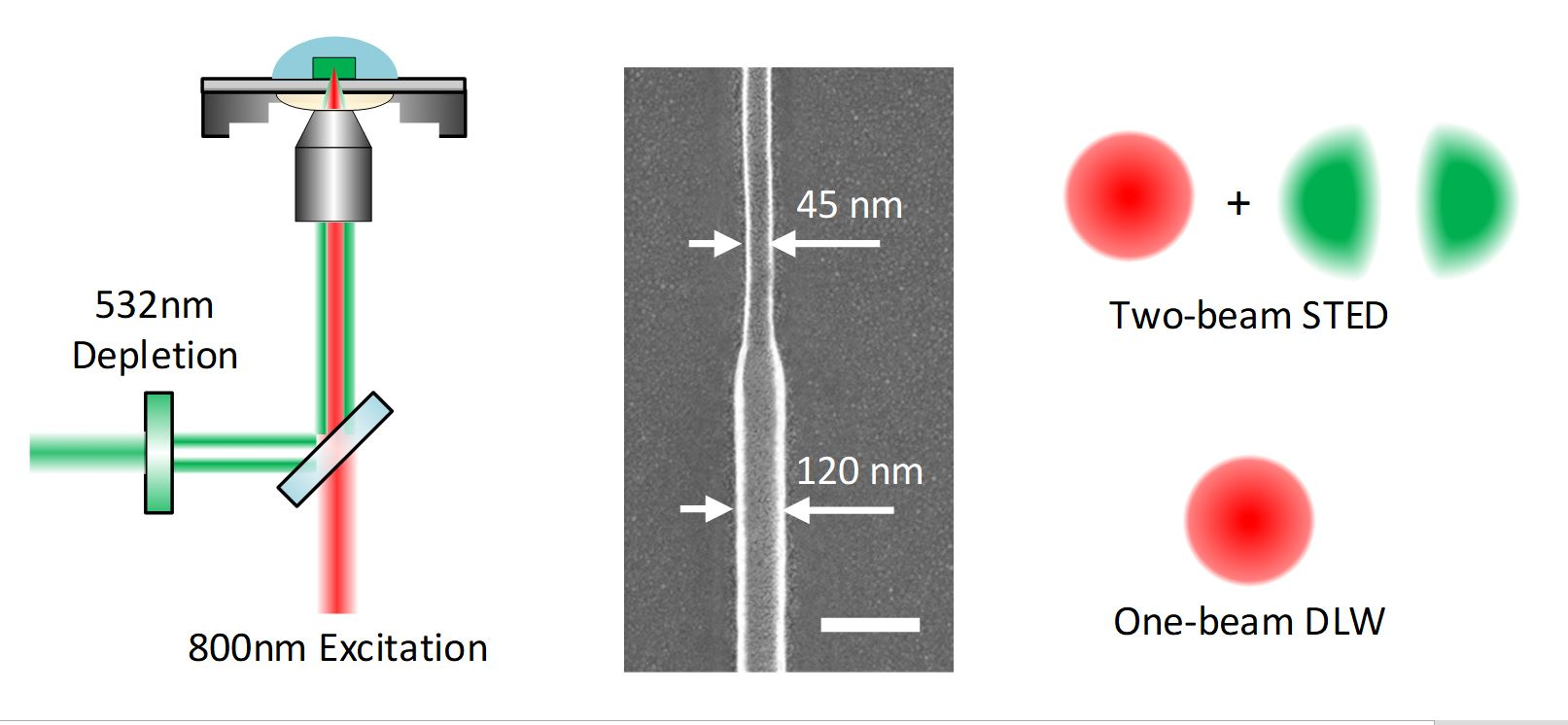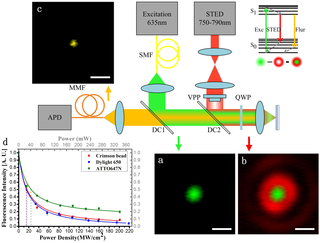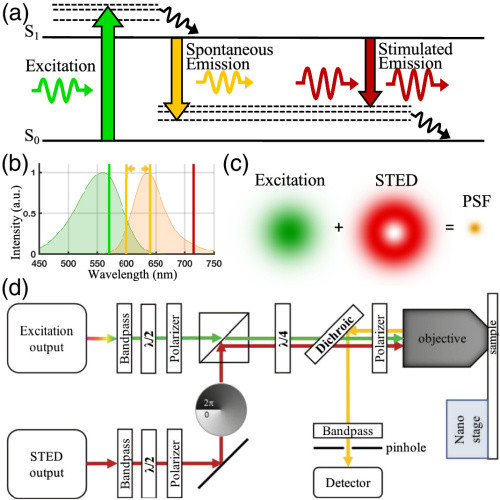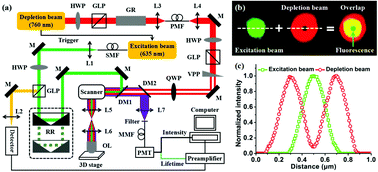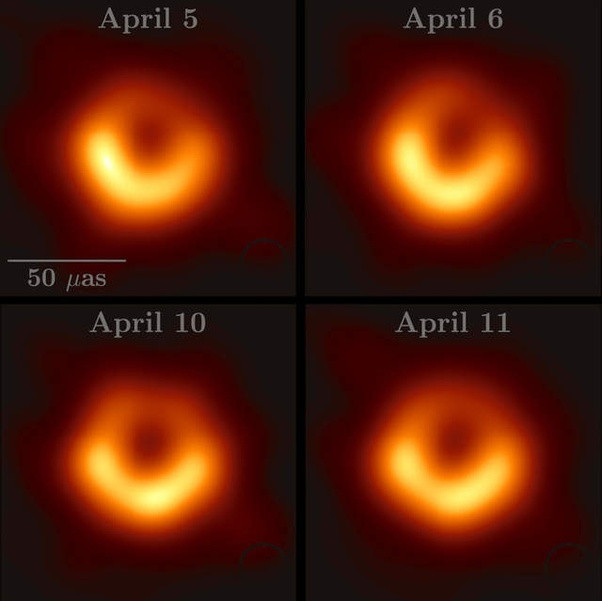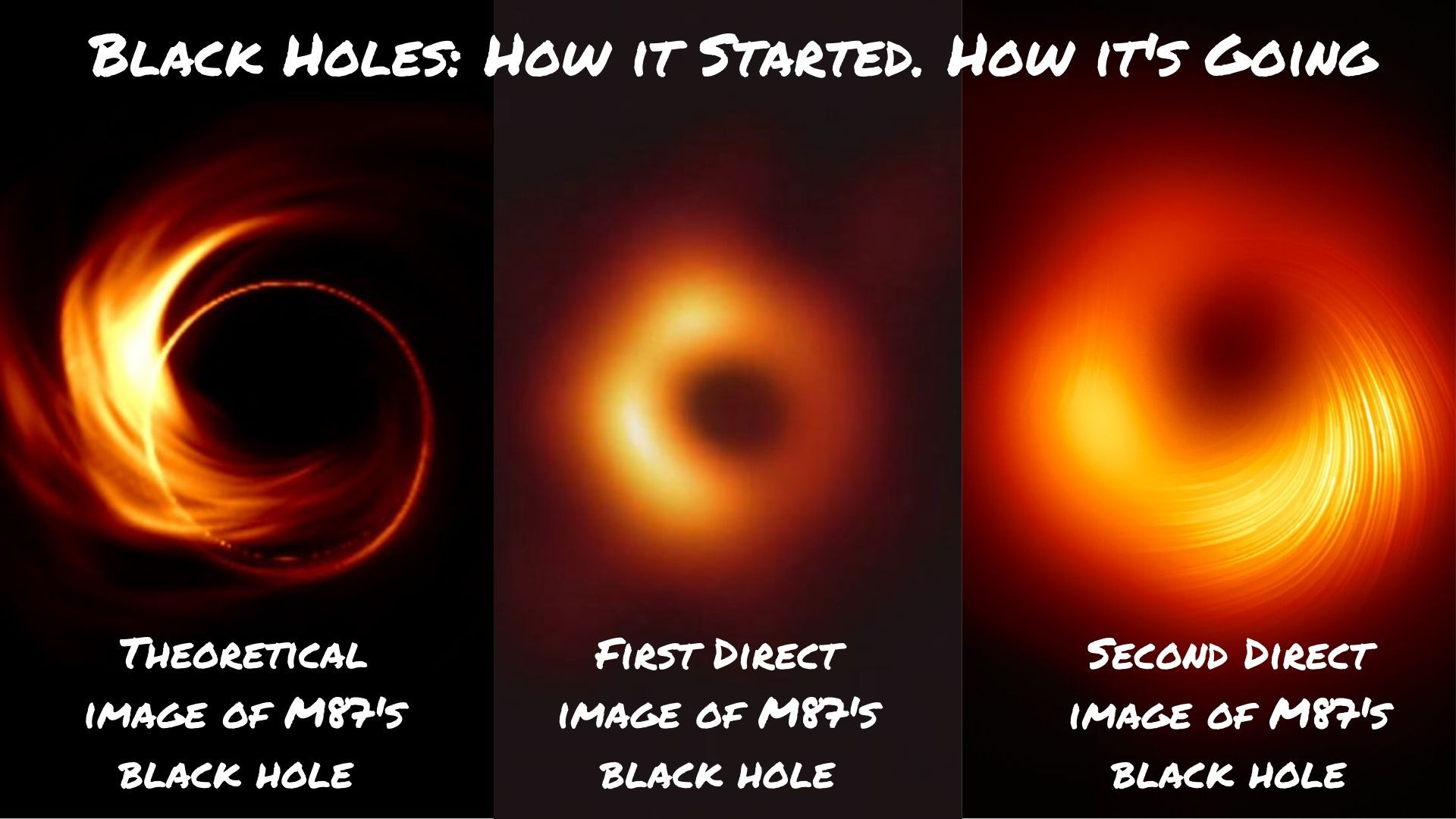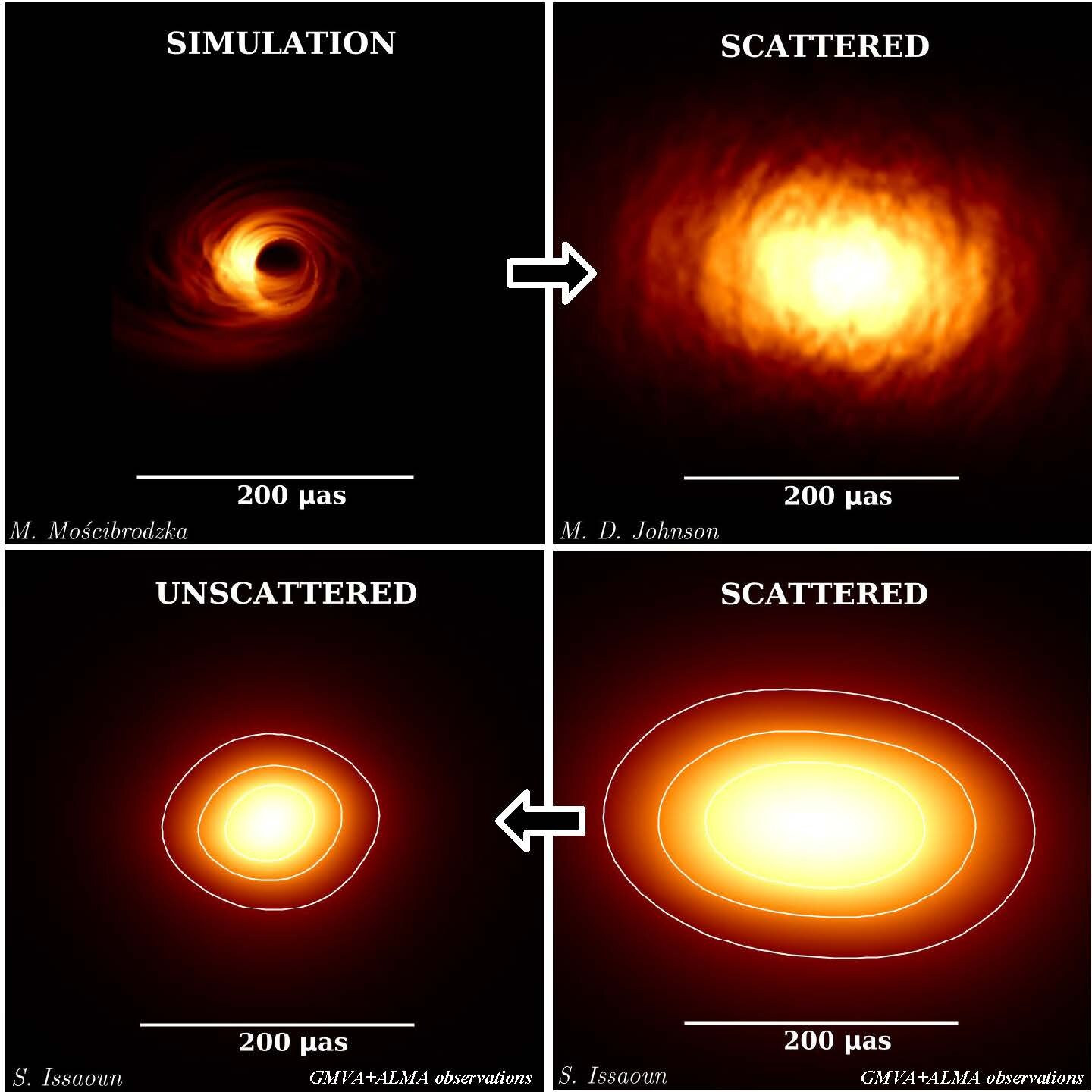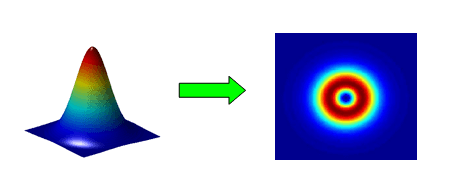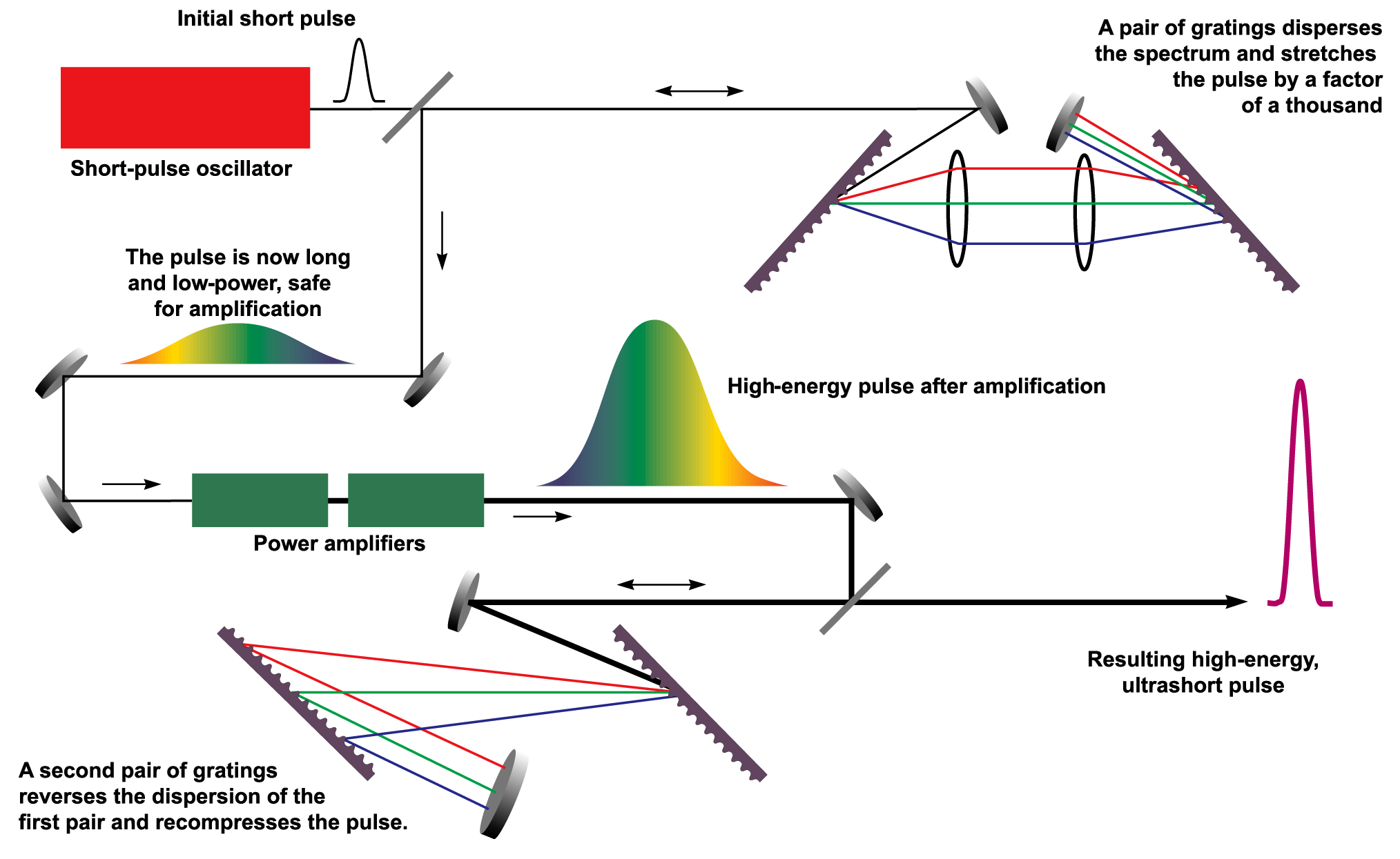100% Texan Patriot. Lifelong seeker of truth. Love of God, family and the goodness of humanity, let it shine! 🌞
what is this?
Luminous intensity, the quantity of visible light that is emitted in unit time per unit solid angle. The unit for the quantity of light flowing from a source in any one second (the luminous power, or luminous flux) is called the lumen. The lumen is evaluated with reference to visual sensation.
Several measures of light are commonly known as intensity:
Radiant intensity, a radiometric quantity measured in watts per steradian (W/sr)
Luminous intensity, a photometric quantity measured in lumens per steradian (lm/sr), or candela (cd)
Irradiance, a radiometric quantity, measured in watts per square meter (W/m2)
Intensity (physics), the name for irradiance used in other branches of physics (W/m2)
Radiance, commonly called "intensity" in astronomy and astrophysics (W·sr−1·m−2)
In optics, an ultrashort pulse of light is an electromagnetic pulse whose time duration is of the order of a picosecond (10−12 second) or less. Such pulses have a broadband optical spectrum, and can be created by mode-locked oscillators. They are commonly referred to as ultrafast events. Amplification of ultrashort pulses almost always requires the technique of chirped pulse amplification, in order to avoid damage to the gain medium of the amplifier.
They are characterized by a high peak intensity (or more correctly, irradiance) that usually leads to nonlinear interactions in various materials, including air. These processes are studied in the field of nonlinear optics.
In the specialized literature, "ultrashort" refers to the femtosecond (fs) and picosecond (ps) range, although such pulses no longer hold the record for the shortest pulses artificially generated. Indeed, x-ray pulses with durations on the attosecond time scale have been reported.
The 1999 Nobel Prize in Chemistry was awarded to Ahmed H. Zewail, for the use of ultrashort pulses to observe chemical reactions at the timescales on which they occur, opening up the field of femtochemistry.
There is no standard definition of ultrashort pulse. Usually the attribute 'ultrashort' applies to pulses with a duration of a few tens of femtoseconds, but in a larger sense any pulse which lasts less than a few picoseconds can be considered ultrashort. The distinction between "Ultrashort" and "Ultrafast" is necessary as the speed at which the pulse propagates is a function of the index of refraction of the medium through which it travels, whereas "Ultrashort" refers to the temporal width of the pulse wavepacket.

